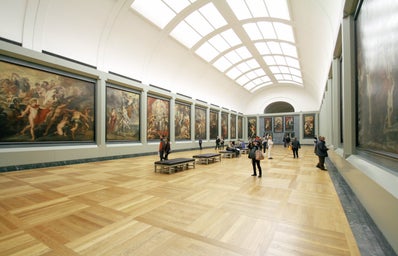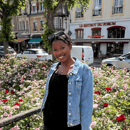The MSU Broad Art Museum houses many seasonal exhibits where students and visitors can analyze the expression of artists and their art in a way that promotes positive discourse surrounding certain topics. Among visiting the Broad Art Museum I stumbled across Stephanie Syjuco’s installments.
Specifically, the blind spot exhibit was unique to me in a way that promoted conversation that delved into how we think about US colonization and how those ideas interact or have, historically, attempted to dominate non-western communities.
Throughout many of the installations, there was a common theme of distorting images in a way that redacted key aspects of the artifact, which made it clear to the audience that something was missing. These distortions, or interventions as the artist refers to them, highlighted how something as simple as a photo of a community is distorted by the photographer and/or the audience to communicate a message that the community itself had no say in.
Essentially, Syjuco promotes discourse around the question, “is the story of the community being told through these artifacts, or is it the photographer’s?”
One of the themes I found very striking was exploitation and culture through photography. Dancing around the idea that when communities are photographed and documented, they don’t have a say in how their images are placed or portrayed really shifted my perspective to think about how and where these photographs were taken and how they’ve been changed by the biases of the photographer as well as my own bias as a person looking at these photos. It was interesting to explore how ethnographic artifacts can be inherently exploited especially if the photographer themselves aren’t careful to recognize and minimize their own bias.
Syjuco is particularly unique to me because of the strong theme of intervention that is showcased in many of her installations that have such a distinct use and message. By using techniques to hide parts of the photographs and distort these images, Syjuco encourages her audience to consider how the perceived understanding of communities outside of our own is impacted by how we understand or perceive that community, and how historically this interpretation has been harmful. Many of the photographs on display are centered around the Filipino community and highlight the hierarchy of art and ideas. The main message I got from this exhibit was that the artist really wanted her audience to comprehend how and where the hierarchy of ideas came from and how they impact the way we see and value art. The art in this installation showcases real people in real communities. I believe the artist was also trying to communicate how we apply this hierarchy of art and ideas to people and communities in the same breath.
Syjuco’s installation prompted a valuable line of thought in me, in terms of making me question what assumption I routinely engage in that contributes to how I see the world.


